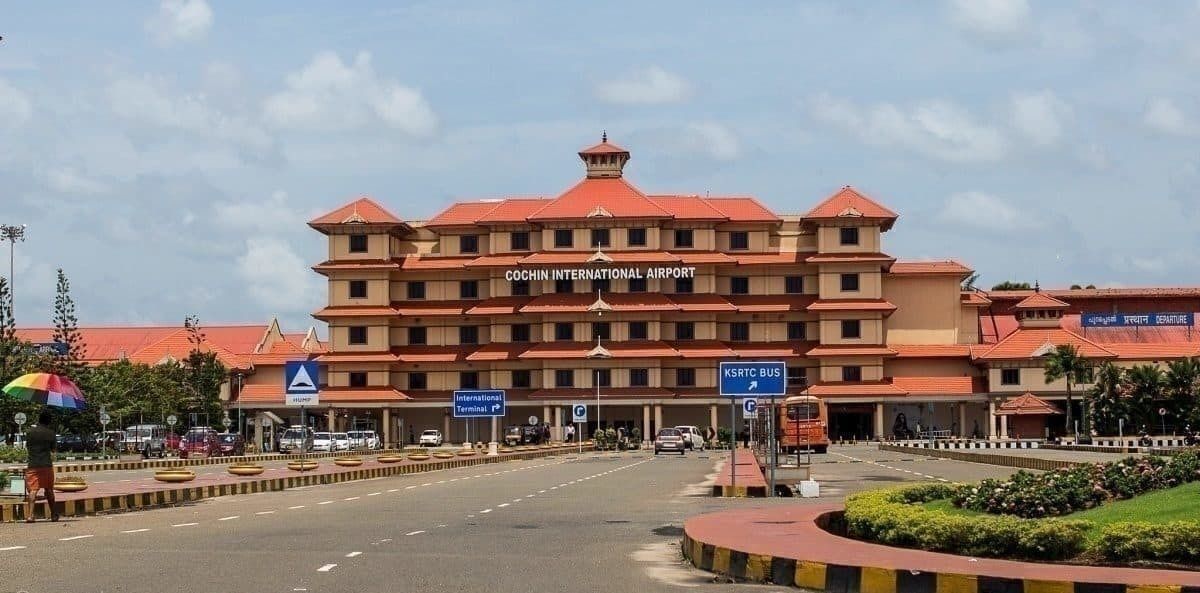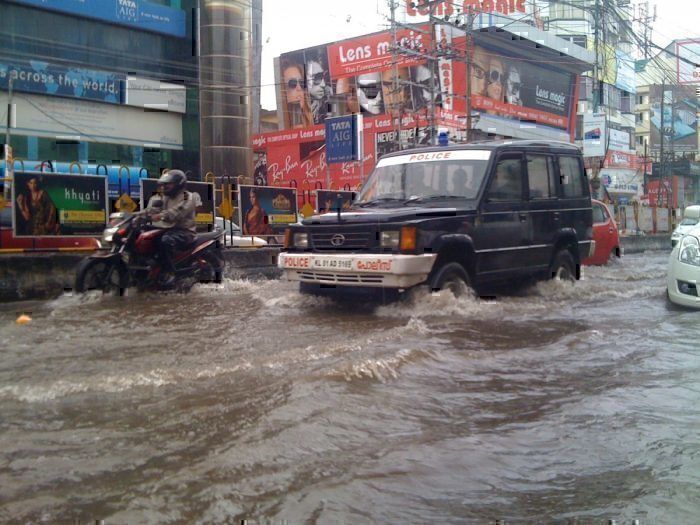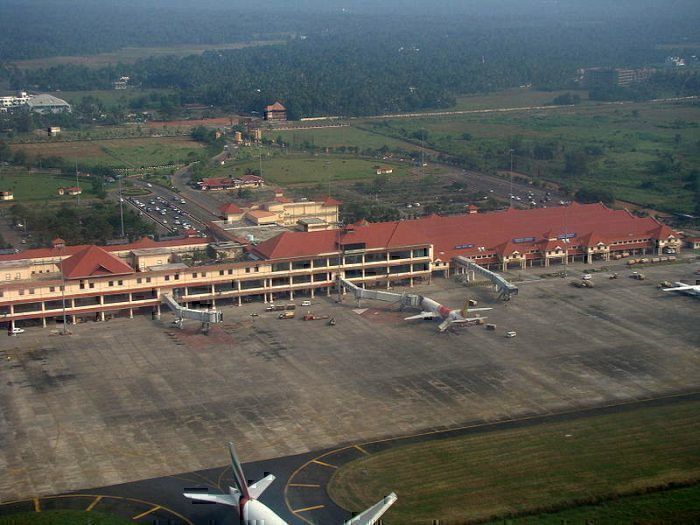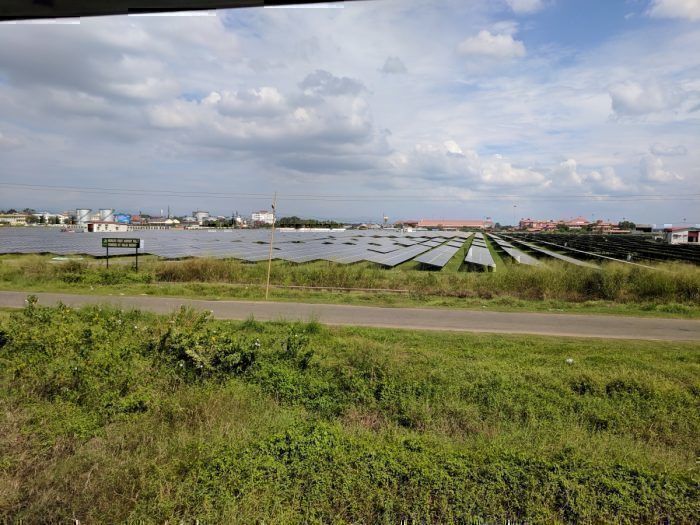Monsoon rains have, for the second year in a row, forced India's Cochin International Airport to shut down.
In the Indian state of Kerala, the monsoon rains between June and September bring with them 70% of the region's rainfall, which is critical for the livelihoods of farmers and their workers. Unfortunately, when the heavy rains come with strong winds, destruction and flooding can occur, in some cases sadly leading to loss of life.
Last year over 200 people lost their lives in the worst flooding Kerala has seen in the past 100 years, forcing Cochin International Airport (COK) to close.
Cochin International Airport was closed for two weeks due to flooding in 2018
Operations at the region’s biggest airport were suspended from August 15th to August 29th after floodwaters inundated one end of the runway and damaged nearly 800 runway lights.
This year, in a case of déjà vu, the rains appeared right on schedule. This forced the airport to close Thursday, August 08th until 3 pm, local time, on Sunday, August 11th, 2019. Flights were suspended and 10 incoming aircraft diverted after officials noticed the water levels rapidly rising in the Periyar River, as well as in a canal that runs adjacent to the airport.
The airport authorities issued a statement picked up by The News Minute that read,
“Kochi airport operation is temporarily suspended due to waterlogging in the apron area.”
The apron or tarmac as it is often referred to is the area of the airport near the terminal where passengers board and disembark the plane. The apron is also the area used to deliver and load and unload cargo.
During the peak of the storms, 60% of Cochin International Airport’s goods carrying area and taxiway of Terminal 3 were flooded.
There has been widespread criticism of the airport's location
Every year, during the monsoon season, the airport receives more water than it can cope with. With the Periyar River nearby, the low-lying airport is susceptible to flooding when the river overflows its banks.
Following the two week closure of Cochin International Airport (COK) last August, aviation expert Captain Mohan Ranganathan told The News Minute that flooding was unavoidable saying,
“Cochin airport is built on a low plateau and is not an ideal location for an airport. The flooding of the airport is an example of what happens when infrastructure is built on or near a water body.”
Many districts of Kerala have been inundated by the torrential rains, forcing the disaster relief teams and military to evacuate thousands of people. They have been sent to more than 100 temporary camps that have been set up around the state.
Cochin International Airport is dismantling solar panels
After having seen the airport shut down once again due to flooding, Cochin International Airport Limited (CIAL) has started removing a three-kilometer stretch of solar panels.
Local people living near the airport complained that the structures on which the panels were mounted were causing flooding in the area. While being interviewed by the Deccan Chronicle, a CIAL official said,
"We have started removing the panels which have been generating 4MW of power. Daily production comes to 16,000 units and we are yet to assess the exact amount of loss, but it will come to crores (tens of millions) of rupees."
Shutting the airport down for three days has cost the CIAL six crore rupees, and the 24 airlines operating out of the airport an estimated Rs 20 crore.




